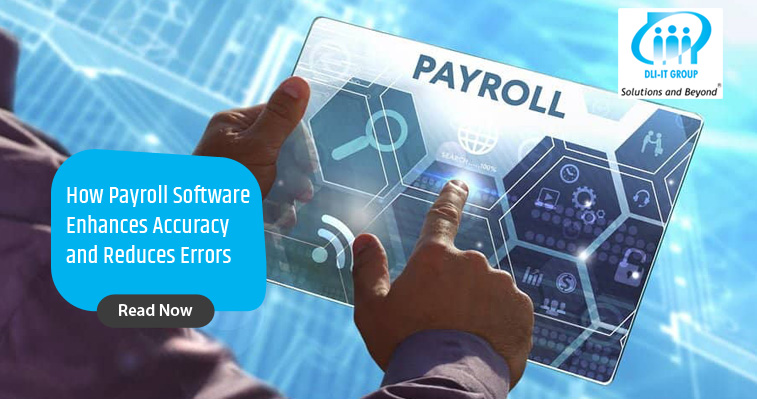Employee payments are made easy with the use of payroll software. It decreases the effort and time needed to manage the payments. As a result, the entire payment process is simplified. There are many ways in which such software can help you by reducing errors and improving accuracy.
In this blog, we will discuss the many benefits of payroll software, how accuracy is improved, and how error reduction takes place. You will also learn the techniques you can implement to achieve the best result.
Advantages of Payroll Software
There are many advantages of HR software. Check out a few of them:
- Rise in efficiency.
- Better accuracy of calculation than manual process.
- The software reduces errors significantly.
- Compliance enhances a lot.
- Data can be managed in a much better way.
- Employee experience improves as their payment process is made better.
- Cost savings are possible with payroll software.
- The payment process becomes scalable.
Enhancing Accuracy
Here are a few ways in which accuracy is improved with the use of software.
Automated Calculations
The software used for the employee payment process carries out complicated calculations, reducing human error chances.
Real-time Data Integration
Data is imported directly from time-tracking systems, causing a reduction in the errors that are caused by manual entry.
Built-In Compliance
This software easily meets obedience to labour laws, tax regulations, and other compliance needs. When done manually, it often becomes difficult to maintain these rules.
Detection of Error
Users are alerted after the software identifies probable errors. Such applications quickly identify incorrect data or any missing information.
Reduction in Error
Just like enhanced accuracy, errors can be reduced by using payroll software or other human resource management solutions like HR Works.
Decreases Manual Data Entry
Data is transferred automatically from HR systems, time-tracking software, and other sources. This decreases the manual entry of data.
Brings Down Data Duplication
Automated data transfer will reduce data duplication when manual entry is not there. This maintains consistency across the systems.
Alerts for Inconsistencies
Users are notified immediately if there are inconsistencies in the records. The users are alerted if pay rates, employee data, or other benefits have any discrepancies.
Automatic Reporting
When software is used, exact related reports are found. Reports of compliance, auditing, and other financial analyses are made.
Version Control
The payroll software can track any updates or changes. This ensures audit trail and accountability.
Essential Features of the Software
The payroll system comes with many essential features. The payroll processing becomes completely automatic. Direct deposits and online pay ends. With this software, you can calculate your employees’ leaves and time-offs. The administration has benefitted from the use of this system. The regulations are followed by such software, avoiding the chance of any non-compliance. You can get exact reports and analytics, that too automatically. The HR software can be integrated with the human resource systems. Employees can avail self-service portals.
Best Practices of Implementation
During the pre-implementation phase, you should define the project scope and objectives. Carry out a detailed assessment of the requirements of the project. Check and find out the right payroll software. The timeline and budget of the project have to be developed in this phase.
During the implementation phase, the software must be configured as required if there is an existing accounting, time-tracking, or an HR system like HR Works. The payroll rules are configured, and historical data needs to be loaded. Carry out extensive quality assurance and testing.
The next step to carry out is data migration and providing training and support to the employees and administrators. Regular training sessions and webinars need to be conducted during this phase. Keep a check on user adoption and feedback.
In the next phase, testing and quality assurance are carried out. Unit and integration testing is conducted. Compliance, reporting, and payroll processing are tested. Data accuracy and completeness are validated.
A phased rollout is planned in the post implementation phase, and system performance is monitored. The effectiveness of the system and return on investment is measured. When you make any changes to the management plan, make sure you let your employees know about it. If you find resistance to change, you must address it and find the best solution that all your employees accept.
Make your payment system an easy and reliable one by using the best payroll software that suits your requirements in the best possible way.

